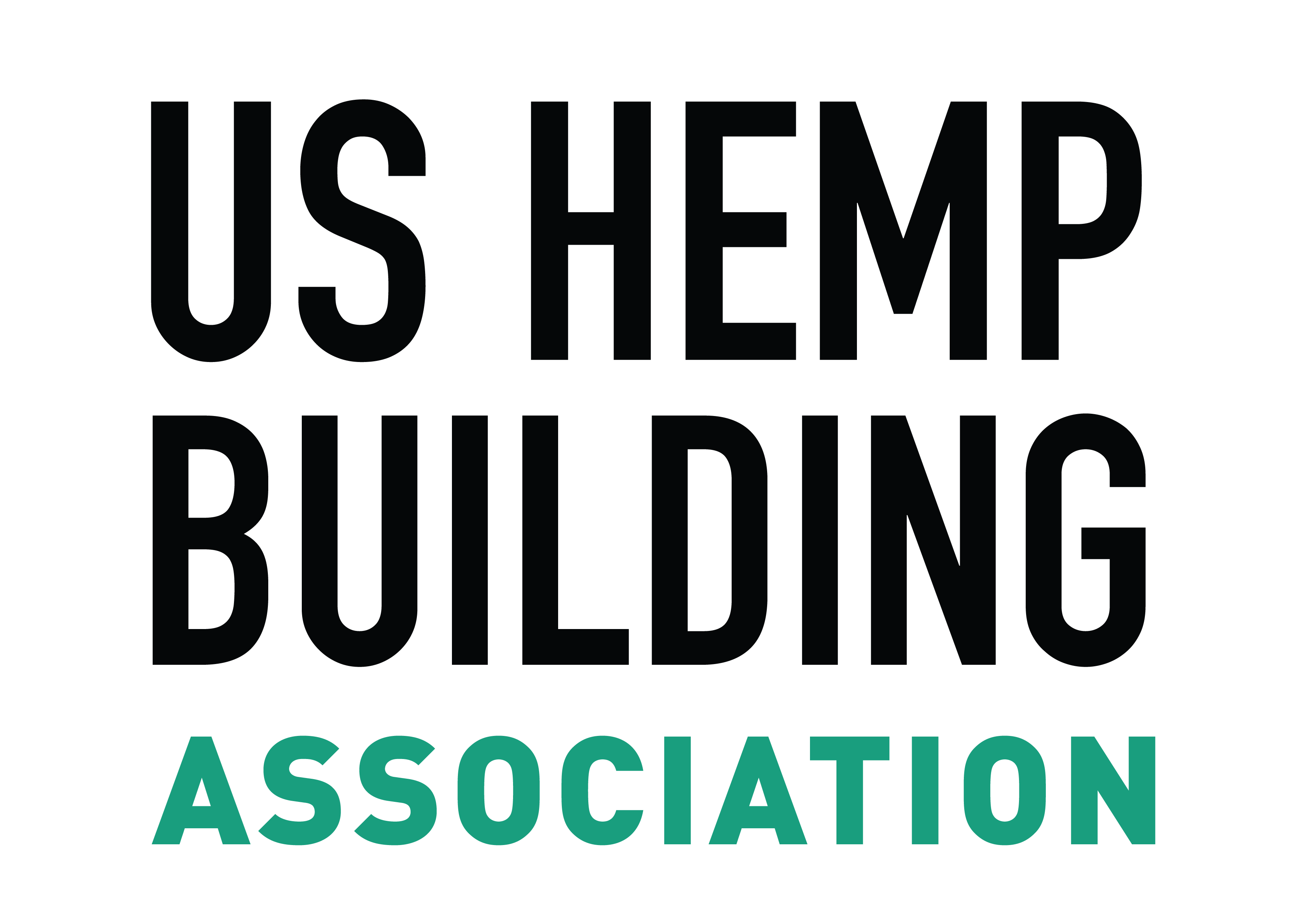The human race is facing one of the greatest dangers that life on our planet has encountered, climate change. Unlike many of the dangers that people may encounter, climate change is almost entirely brought on by industry and a reliance on the use of materials and systems that emit incredible amounts of greenhouse gasses (GHG). Although the battle ahead of humanity seems to be an uphill one, there are still ways in which industries can innovate and begin to cancel out their GHG emissions and work towards a carbon neutral future.
Katie Poss addresses many of the ways in which the construction industry can pivot towards carbon neutrality in her assessment of the industry’s carbon footprint. Poss highlights the amount of embodied carbon, the sum impact of GHG emissions attributed to materials throughout their lifecycle. Embodied carbons include extracting raw materials such as limestone for concrete, the transportation of goods, and the disposal at the end of a materials lifecycle. The Paris Climate Agreement states that all GHG emissions from built environments must be eliminated by 2040. While it is imperative for the good of all life on the planet that these goals are reached, global building stock is expected to double by 2060. This places the construction industry well off track of meeting the goals necessary for reducing global GHG emissions, it also raises the question of how the industry can evolve for the good of the environment.
The use of hemp as a building material is crucial to the advancement of the construction industry and vital to the reduction of GHG emissions. Hemp absorbs and stores carbon within its stalk, making it the perfect building material for a carbon neutral future. But before hemp can become the standard in constructing buildings, guidelines must first be set to ensure the longevity of hemp as a building material. Guidelines such as Product Category Rules (PCR) and Environmental Product Declarations (EDP) are key parts in the reduction of GHG emissions within industries such as construction. EDPs are independently verifiable registered documents that communicate transparent information about the life cycle environmental impact of products. PCRs are guidelines for developing EDPs for one or more categories. The creation of these guidelines will help further the case for hemp as a building material, as currently there is no specific guidance on how to account for the biogenic carbon storage of plant based materials.
This year, the US Hemp Builders Association and the California Straw Builders Association have formed a committee to address the overwhelming need for PCRs that account for biogenic carbon storage. The push towards carbon neutrality is being felt across the construction sector, as clients are looking to reduce the carbon footprint of their projects. Additionally, state and local governments have begun creating mandates that involve policies around embodied carbons. This push towards carbon neutrality cannot be driven solely by industry leaders and governmental bodies. Poss took time to inspire her audience to educate themselves and those around them on the importance of biogenic materials. It is important that everyone, regardless of industry, be conscious of their own carbon footprint and be knowledgeable on what materials are used within a given project.
